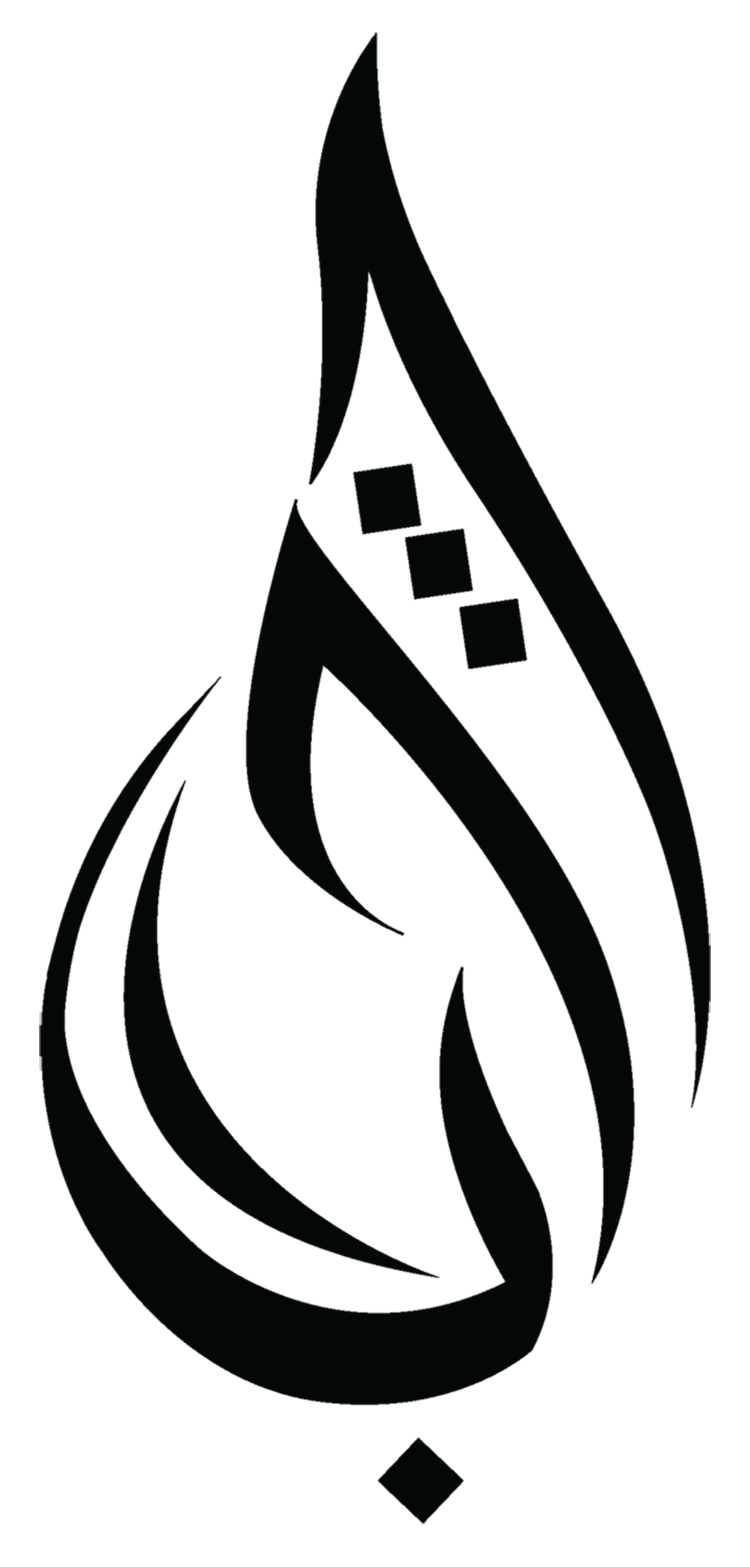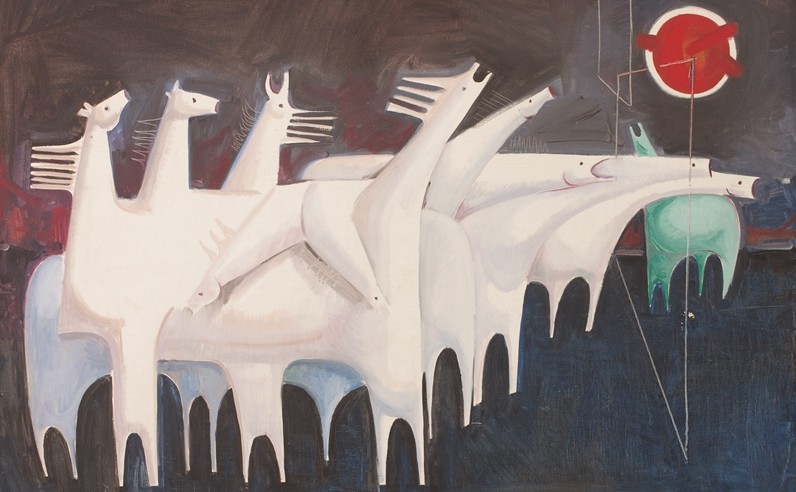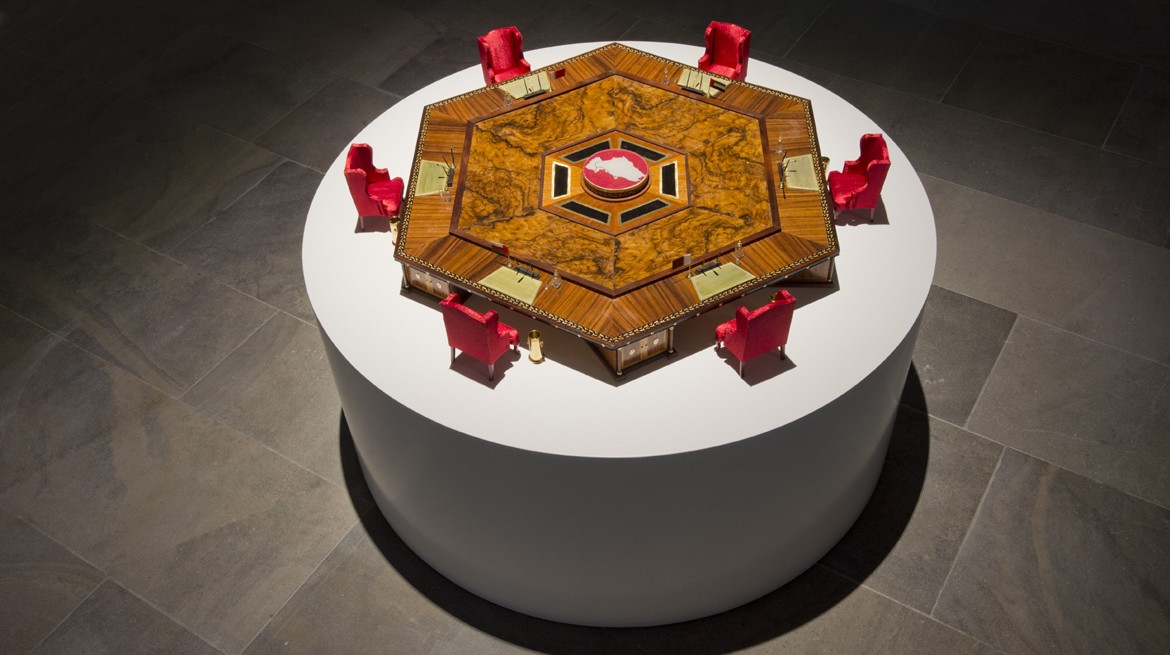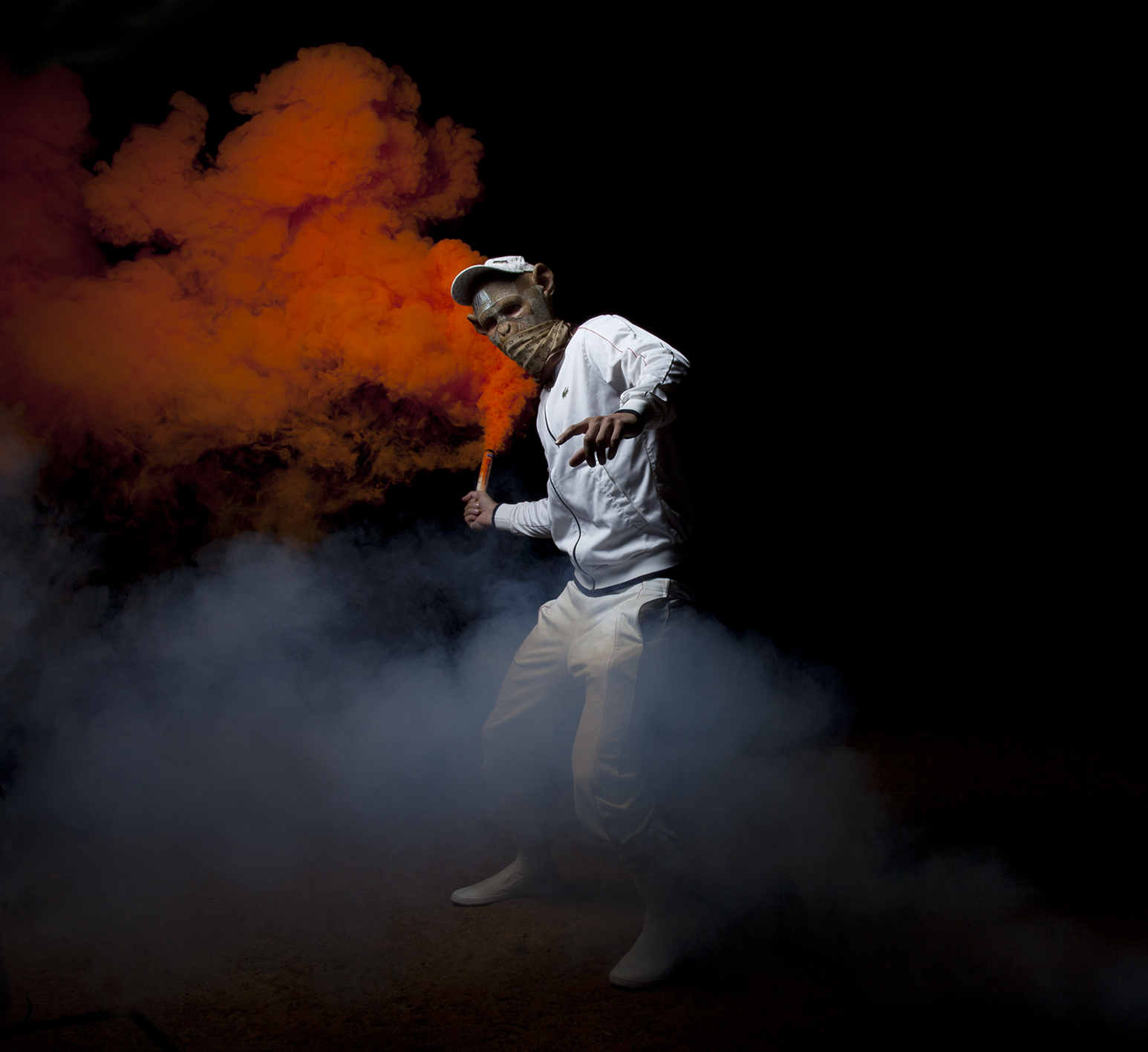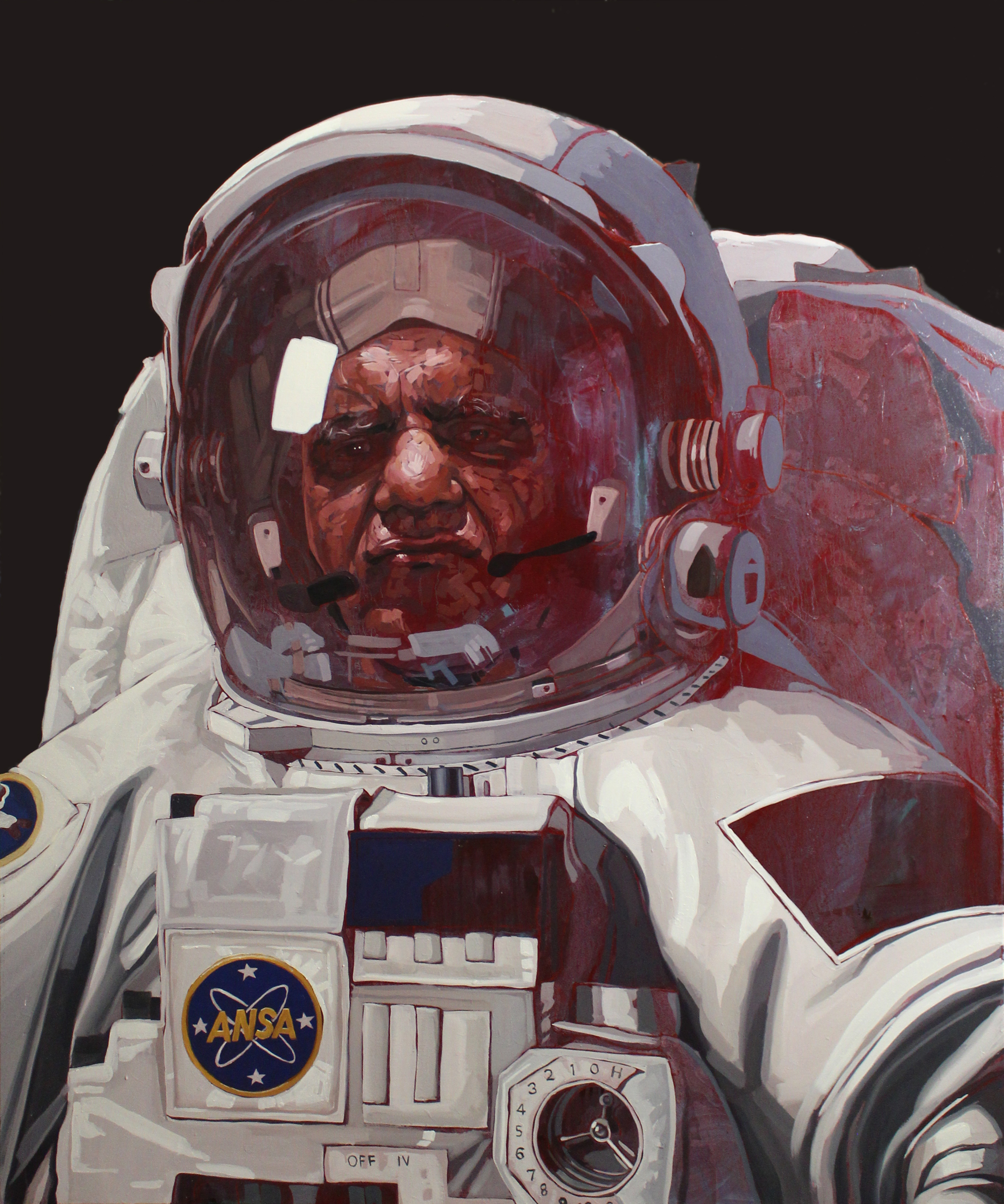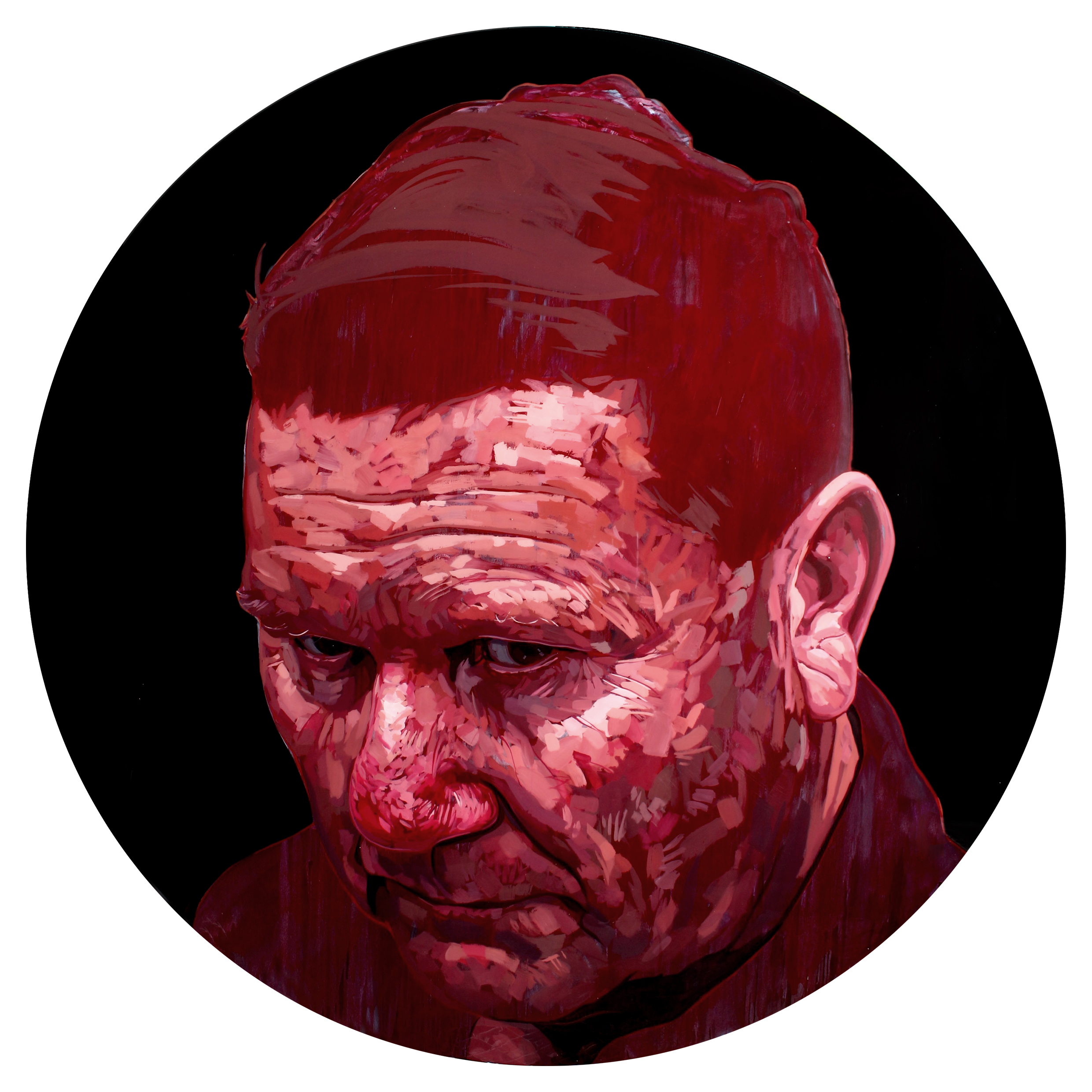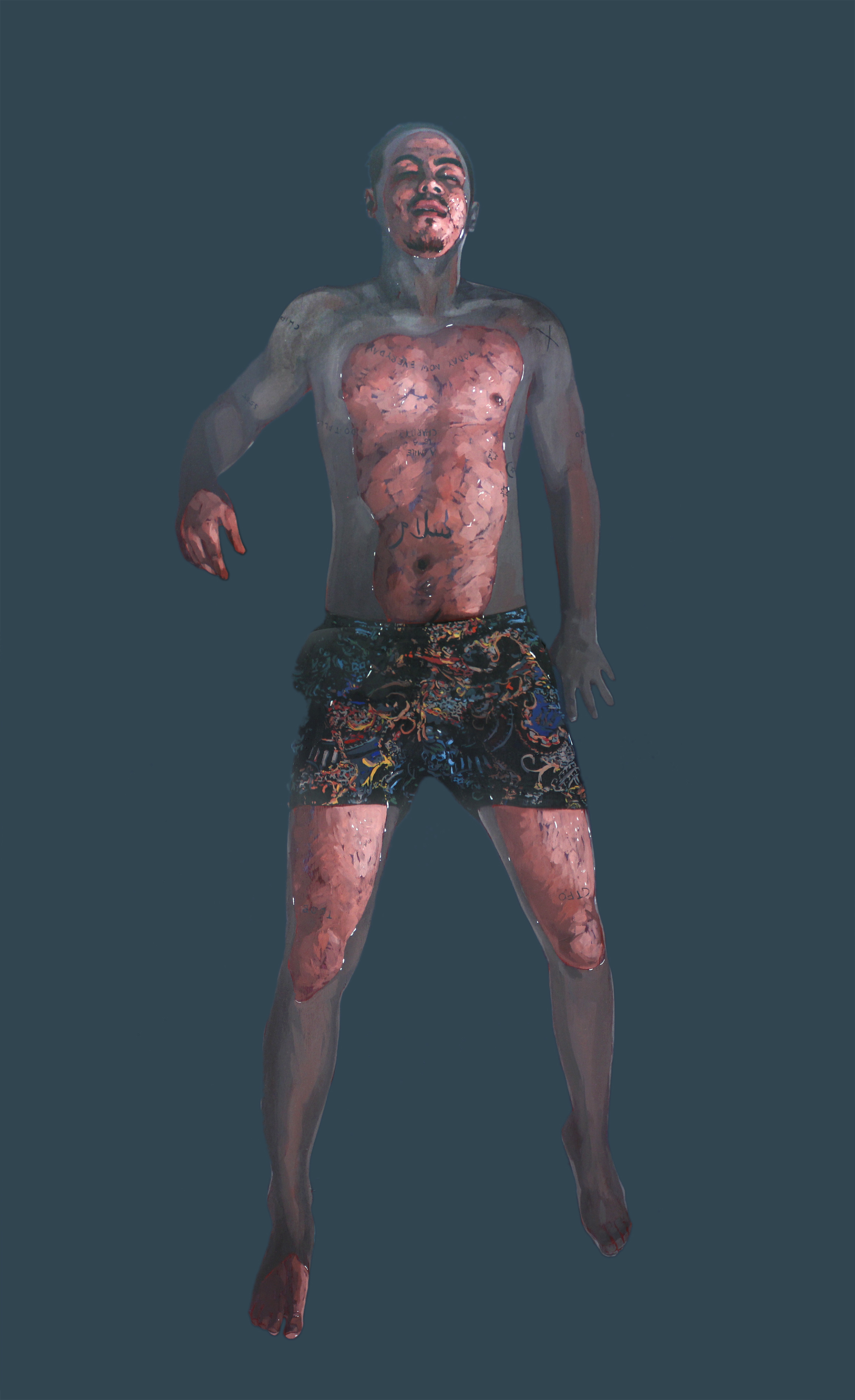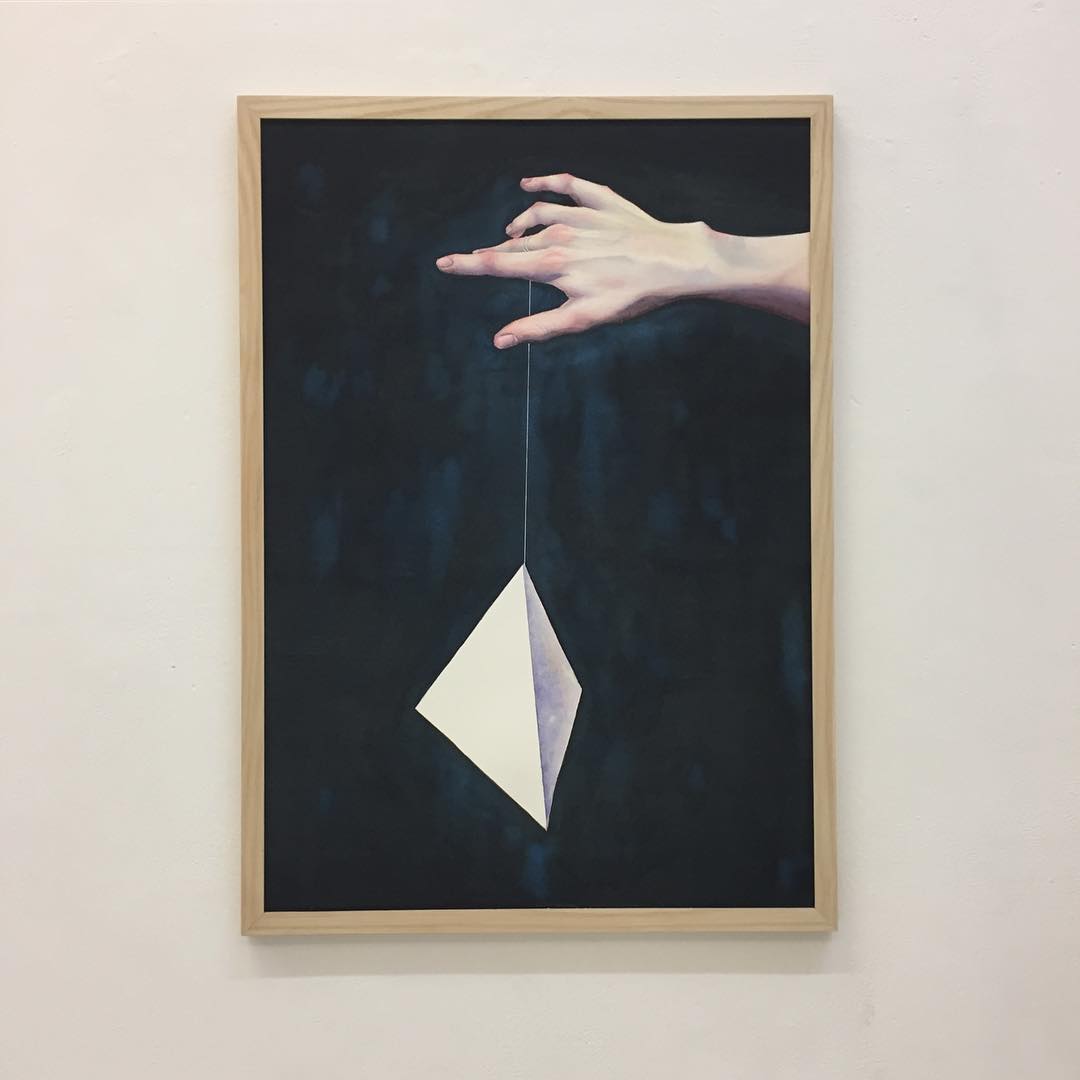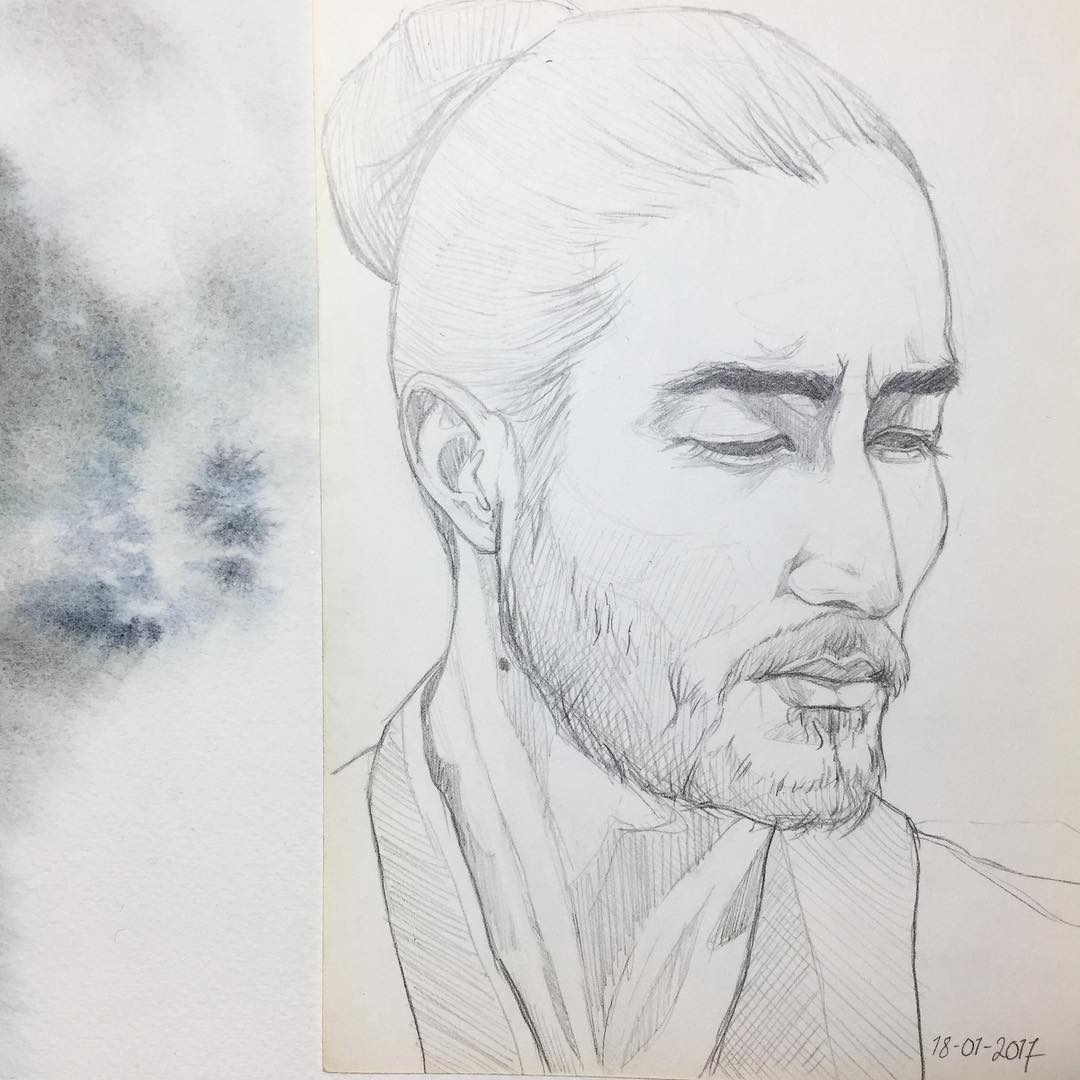Art Student Aaliyah Green (@raincoatandheadscarf) takes a closer at the world of the Muslim artist.
When I decided to move to London and go to art school to pursue my education and future career, my parents fully supported me. They encouraged me to go out and achieve my goal. This made me realise that as a Muslim-headscarf-abaya wearing woman I can pursue the path I want to and still keep my identity.
As an art student, I first identify as a Muslim and then an artist. I often struggle to balance the themes in my work with my religion. I ask myself many questions. How do I make it less obvious? Is it necessary to include religious connotations? Should I even include religion in my work? How can I address themes or stereotypes in my work whilst also being original?
Through my research, I found that the art world really lacked original Muslim artists and that if I found anyone I could relate to they were few and far between. I found that Muslim artists were mostly directly associated with Islamic art (geometry, calligraphy) or were from the Middle East. But these were not the people who I was looking for. I could not relate to Islamic Art in my practice because I had no interest in it apart from historically. I am not Arab and cannot write Arabic calligraphy despite its beauty. I wanted to see originality and something new.
To a degree, I related to these artists; however, it was more so from an aesthetic point of view, as well as an admiration for their skill. My eyes really opened when I went to an exhibition at London’s Whitechapel Gallery run by the Barjeel Art Foundation. I saw modern art methods used to portray Arab and Islamic culture. There were video and sound installations, sculpture and painting, now, this work I could relate to, it was new, more original and inspired me in my own work.
I reached out to some artists of different disciplines to find out what they thought.
Abdul Abdullah, who has won several prizes for his work and works in various mediums, from paintings to video, explained what it means to be a Muslim artist and how he separates it from Islamic Art.
'I am a Muslim and I am an artist, so I guess that makes me a Muslim artist, but I don't think I make Islamic art. My role as an artist isn't to emphasise, embellish or even promote any Islamic paradigms. I don't talk about the nuts and bolts of the religion at all. What I am interested in is the experience of Muslims in the 21st Century and broadly; the experience of marginalised and often migrant communities.
I am 30 years old, and on the older cusp of a generation of young Muslims whose entire formative period was overshadowed and informed by 'The War on Terror'. Being born and living in 'the West' (in my case, Australia), my religious identity is also very much a political identity, and significantly: a marker of difference. I have often wondered if I was born and lived in a Muslim-majority country whether I would make similar work, and honestly, I probably wouldn't'
I also contacted Orkhan Huseynov who has Islamic themes in his work and was surprised by his response. My initial response to his pieces was interest and admiration for something that could look so at home in a Western gallery but still includes some religious references. It was the contemporary influences that caught my eye. Here he gives his take on Islamic art and the Muslim artist.
‘To tell the truth, I really do not consider myself a Muslim artist because I don't accept any religion including Islam.
But if we use the term of "Islamic Art", which is actually the term created by Westerners, if we look at it from the cultural aspect, then my work may be called contemporary "Islamic Art".
I think ancient "Islamic Art" in many ways didn't go along with religious rules, instead, it went against them - for example in Persian and Mughal miniatures you could see depiction of prophets, sex and alcohol drinking scenes etc. "Islamic Art" is just a cultural term and not so much religious.
So for me being a "Muslim artist" means to be an artist that uses his/her art to propagandise a certain religion, or using religion as a source of inspiration for creating a positive image of it. That is what I don't want to be.
I like the quality of the works no matter where did they come from - the US, China or any other part of the world.’
Maïmouna Guerresi has exhibited in numerous galleries and museums, her work has an ethereal balance. Themes of hijab and the veil come up repeatedly lending a story like quality to her images. Yet each set of images tells a different narrative. She also works with sculpture and installation.
'Guerresi’s images are delicate narratives with fluid sequencing, an appreciation of shared humanity beyond borders – psychological, cultural, and political. Recurrent metaphors such as milk, light, the hijab, trees, and contrasting white and black create awareness of the vital unifying qualities of Islamic spirituality.'
She explained in a few words what Islam adds to her work.
"Sensations, emotions, moods, colours and faces are the stimuli that contribute to the creation of my work, or an idea that I then translate into a sculpture, a photograph or a video. All of this is held together by an interior sentiment that is Islam; Islam for me is security and inner strength, a continuous source of inspiration for my art.
I cannot separate my most intimate thought and my life that is a continuous exploration, from my artistic expression. Faith is the force that nourishes, makes it grow and expand the energy field of our consciousness and knowledge" © Maïmouna Guerresi
After understanding the relationship between Islam and art from different perspectives, I realise that the two are very much intertwined. Each individual artist will express that relationship differently. However, there is definitely a gap in western art where we have Muslims who identify with western culture more and want to exhibit that. I still have a long way to go to consolidate my practice, but it is comforting to know that I am not alone and do not fit into the same old boxes.
Special thanks to all the artists who shared their thoughts for this article check out their websites below
Abdul Abdullah: abdulabdullah.com
Orkhan Huseynov: orkhanhuseynov.com
Maimouna Guerresi: maimounaguerresi.com
Aside from writing for Bahath Aaliyah is also a budding artist. Check out some of her work below and be sure to follow @raincoatandheadscarf on Instagram.
